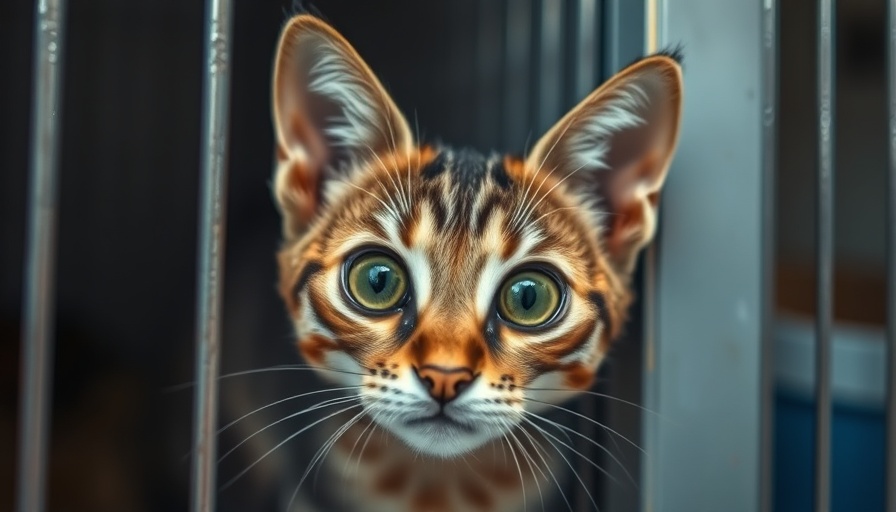
The True Cost of Pet Ownership in Chicago: A Financial Breakdown
For many residents of Chicago, pet ownership adds a joyful dynamic to their lives. However, the rising costs associated with feeding and caring for these companions can strain budgets. Understanding these costs is crucial, especially during an economic climate where living expenses are already on the rise.
Breaking Down Veterinary Costs
Veterinary care is a significant investment that pet owners must consider. Kelly Cairns, a specialist in small animal internal medicine, emphasizes the importance of preventative care. Routine wellness visits, which include vaccinations, parasite prevention, and diagnostic tests, can amount to $400-$600 annually until your pet reaches senior status, at which point biannual check-ups might be recommended.
Additionally, dental care is not just a luxury but a necessity for many pets. With cleaning costs around $800, it becomes evident that neglecting dental health can lead to more severe medical issues down the line.
Emergency Vet Visits: A Potential Financial Burden
Routine vet visits can become exponentially more expensive in urgent situations. Cairns notes that standard outpatient visits with lab work can range from $500 to $1,000, while emergency visits can soar to $2,000. These numbers often surprise first-time pet owners but emphasize the importance of financial preparedness for unexpected health problems.
The Benefits of Pet Insurance: A Financial Lifesaver
Given the potential for high veterinary bills, pet insurance emerges as a valuable investment for pet owners. Many veterinarians, including Cairns, advocate for pet insurance plans to cover the unpredictable nature of pet health. Such insurance can provide peace of mind, especially when chronic illnesses or emergencies arise. “I've seen it save lives,” Cairns stresses, noting how insurance can lessen the financial burden of necessary treatments.
Additional Expenses: Food, Supplies, and More
Beyond veterinary care, pet owners in Chicago must budget for daily needs. High-quality pet food can range from $50 to $100 monthly, depending on your pet's size and dietary requirements. Don't forget the expense for grooming, training, and essential supplies like leashes, toys, and litter, which can add another $100 monthly to the total costs.
Future Considerations: Planning for Long-Term Pet Ownership
As your pet ages, healthcare costs can increase significantly. Additionally, some breeds are prone to genetic conditions that require ongoing treatment. It is essential for pet owners to plan for these potential future expenses by possibly setting aside a dedicated emergency fund for their pet. This proactive approach can ensure that financial strain does not interfere with the well-being of your furry friend.
Being a Responsible Pet Owner: The Holistic Approach
Owning a pet is not just about finances; it encompasses a commitment to giving your pet a healthy and fulfilling life. Regular exercise, quality nutrition, and socialization play critical roles in a pet's health and happiness. Pet owners should assess their lifestyle to ensure they can meet all their pet's needs while managing costs effectively.
Ultimately, while the financial aspects of pet ownership can be daunting, the companionship, love, and joy that pets bring into our lives often outweigh these challenges. By understanding and planning for the costs, Chicagoans can ensure their pets lead happy, healthy lives.
To further explore ways to enhance your pet's experience and health, consider local resources like pet wellness programs and community events aimed towards responsible pet ownership.
 Add Row
Add Row  Add
Add 




Write A Comment